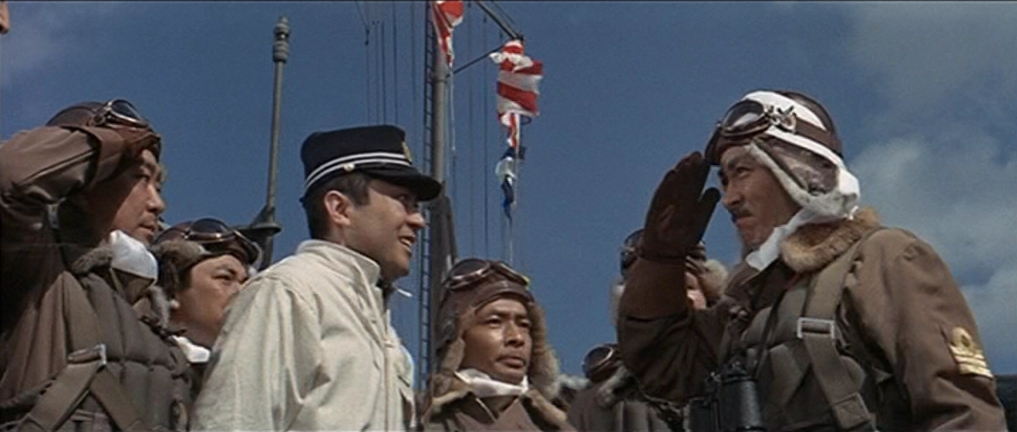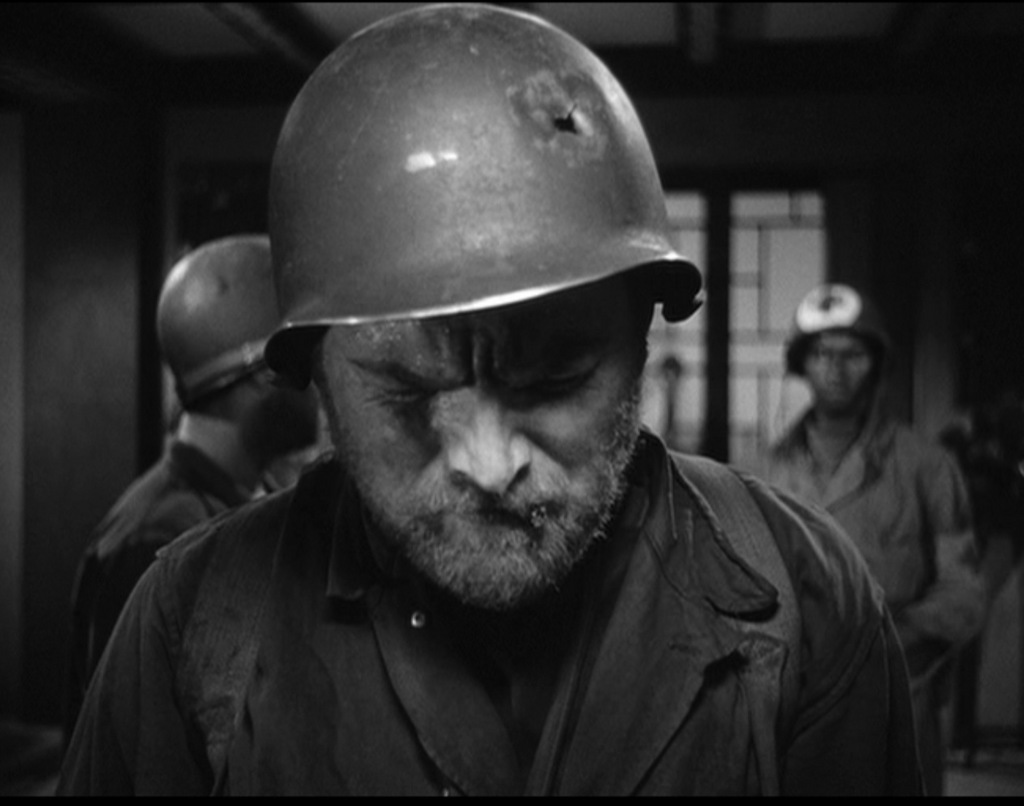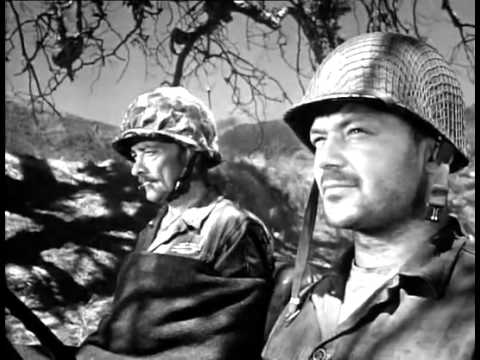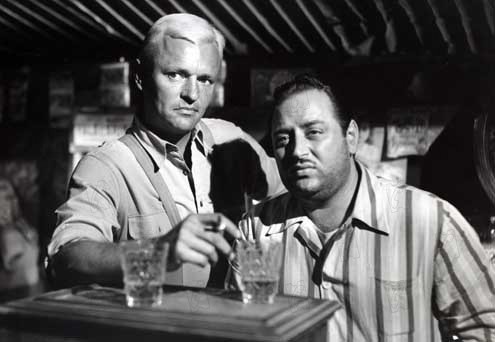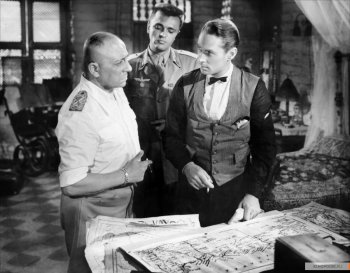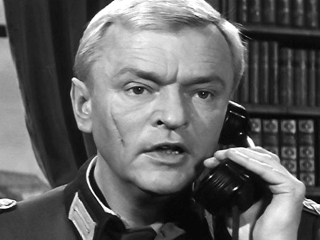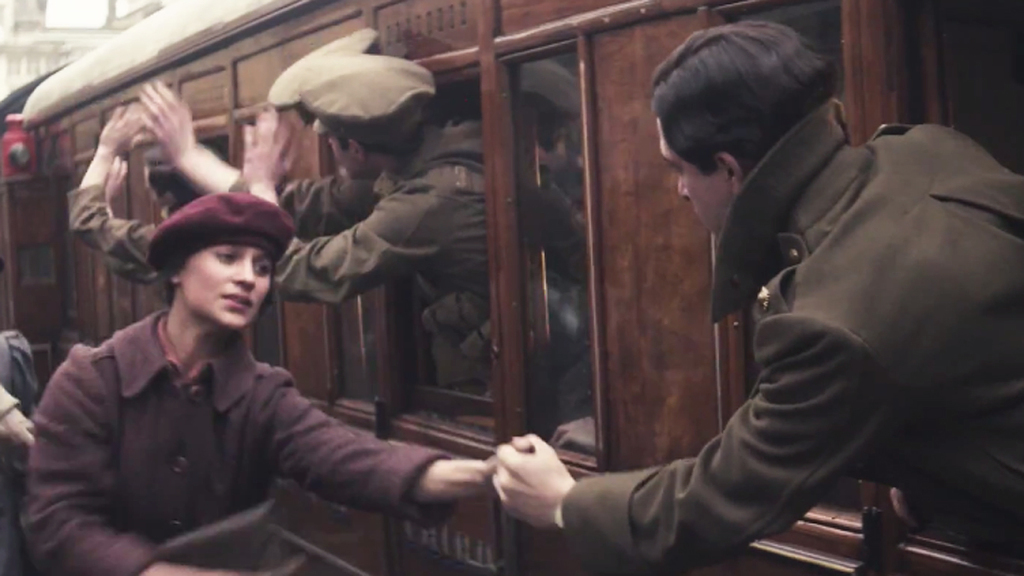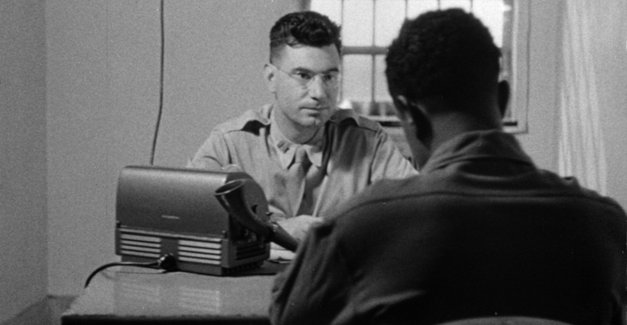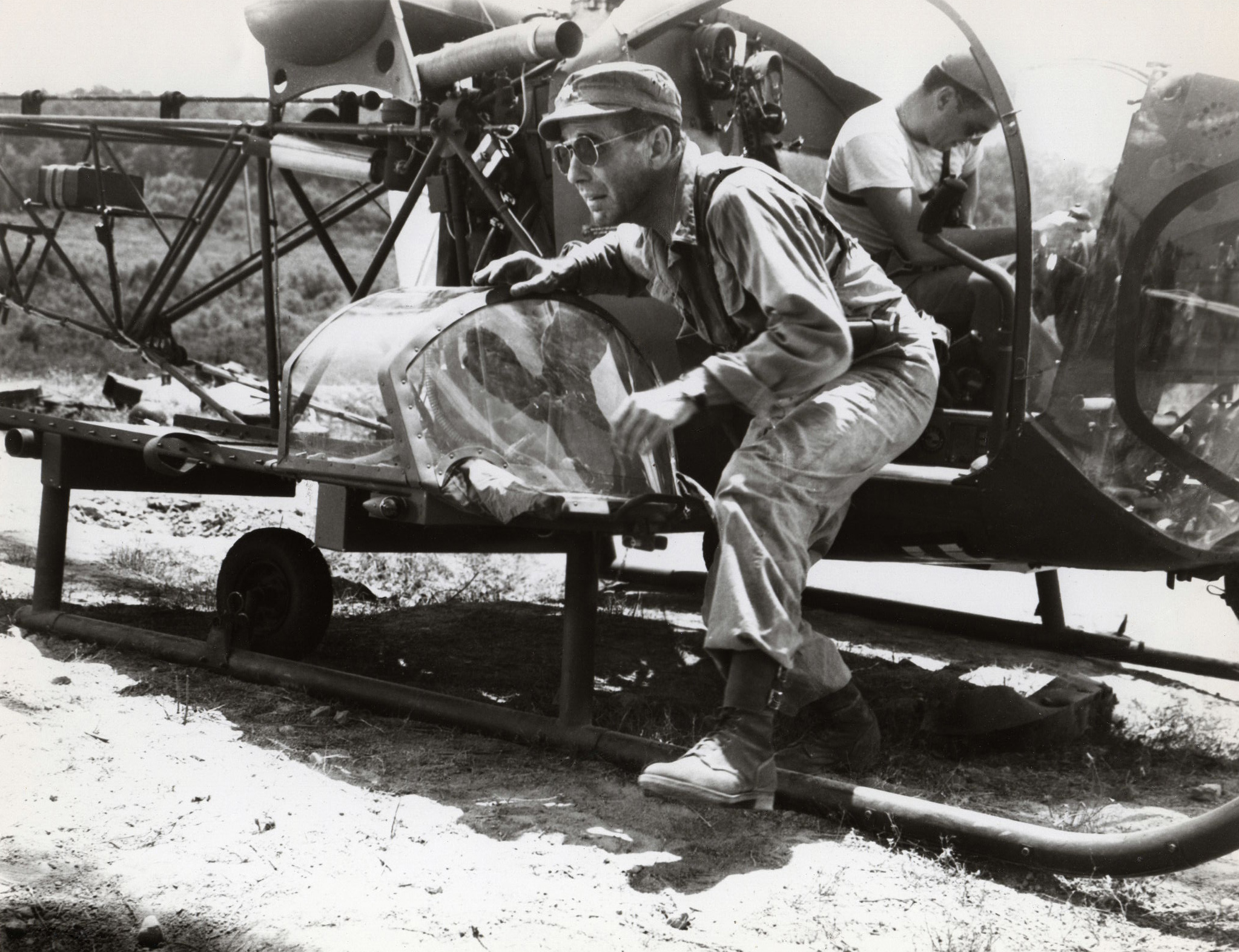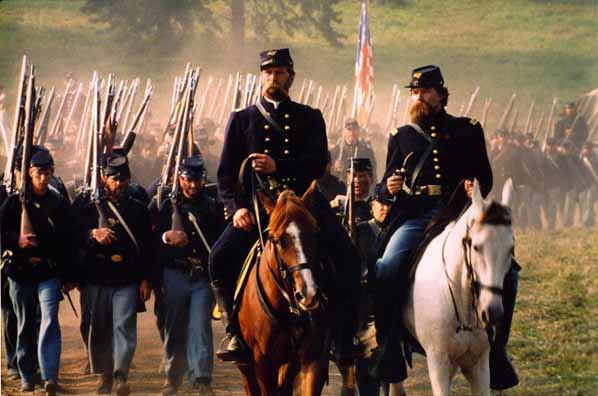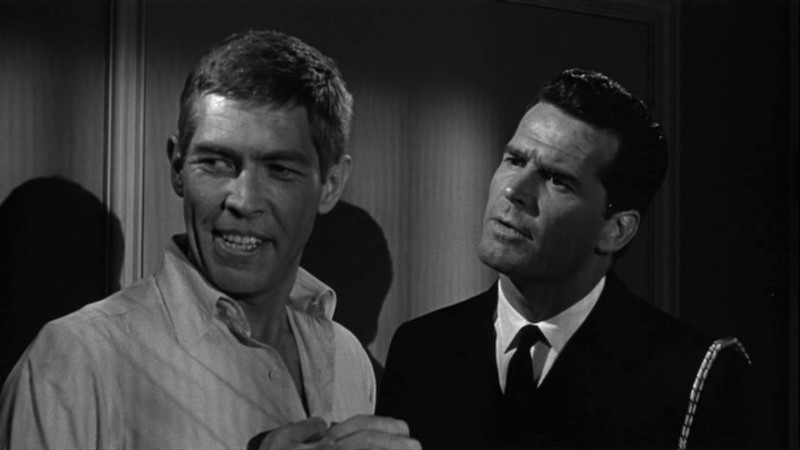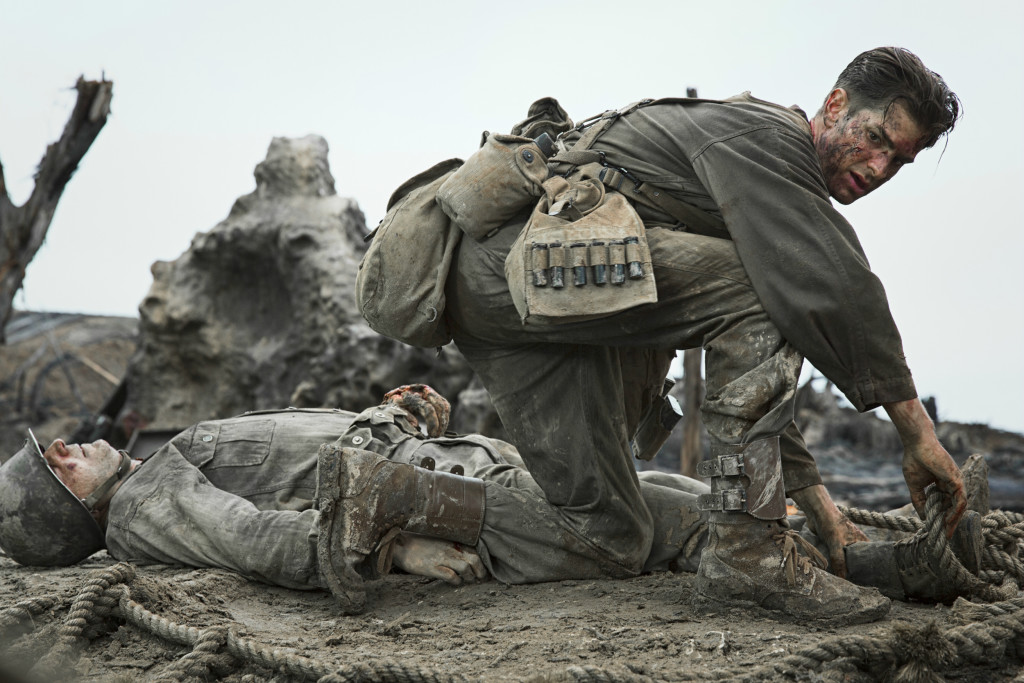
It’s Memorial Day weekend. Scroll down for my recommendations of current and classic movies on video and television that honor military service.
Recommended movies to see in theaters this week:
- Opening this weekend, The Commune, looks like comedy of errors, but it’s a family drama with a searing performance by Trine Dyrholm.
- The Lost City of Z, a thoughtful and beautifully cinematic revival of the adventure epic genre.
- In Norman: The Moderate Rise and Tragic Fall of a New York Fixer, writer-director Joseph Cedar and his star Richard Gere combine to create the unforgettable character of Norman Oppenheimer, a Jewish Willy Loman who finally gets his chance to sit with the Movers and Shakers. This may be Gere’s best movie performance ever.
My DVD/Stream of the Week is last year’s Oscar-winning Hacksaw Ridge, about American Army Medic Desmond T. Doss, who single-handedly rescued 75 fellow soldiers at the Battle of Okinawa and became the first Conscientious Objector in American history to be awarded the Congressional Medal of Honor. You can rent Hacksaw Ridge on DVD from Netflix and Redbox or stream it from Amazon, iTunes, Vudu, YouTube and Google Play and DirecTV. If you’re going to see one war movie this year, make it this one.
Yesterday I wrote about Turner Classic Movies’ uncommon slate of thoughtful Korean War movies airing Saturday, including Men in War, The Steel Helmet, The Rack and The Hook.
On Sunday May 28, TCM will present the definitive Pearl Harbor movie, Tora! Tora! Tora! from 1970. Featuring great American and Japanese casts, Tora! Tora! Tora! tells the story from both American and Japanese perspectives. It’s a suspenseful minute-by-minute countdown. Tora! Tora! Tora! is one of the very best movies ever made about a well-known historical event. And on Monday, May 29, TCM will broadcast the fine WW II submarine warfare movie The Enemy Below, which I wrote about last month (scroll down.
